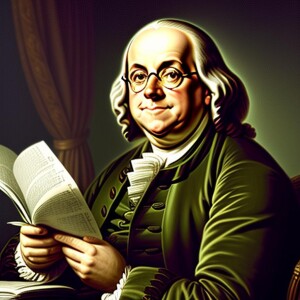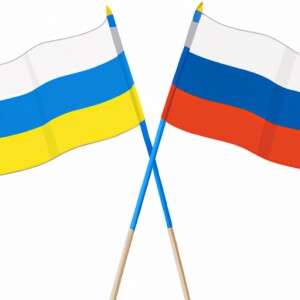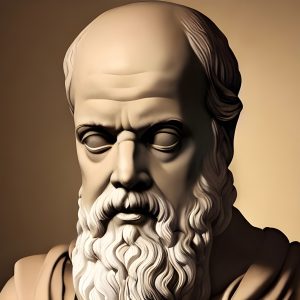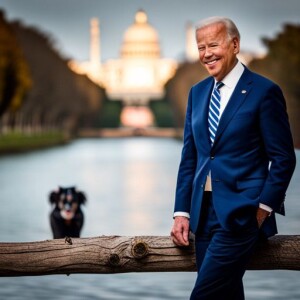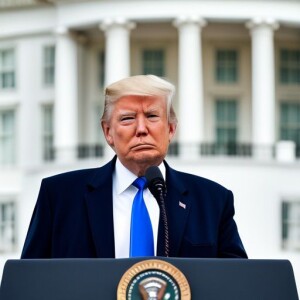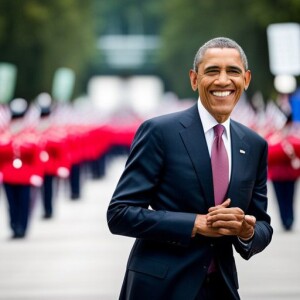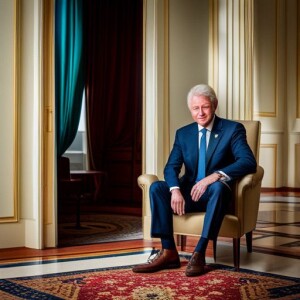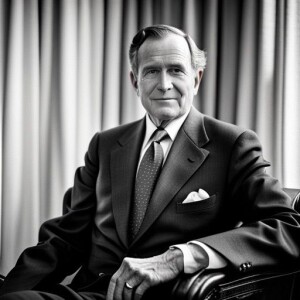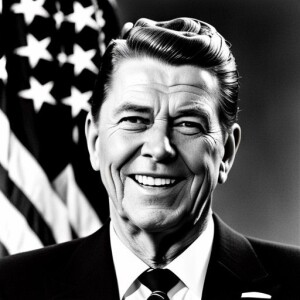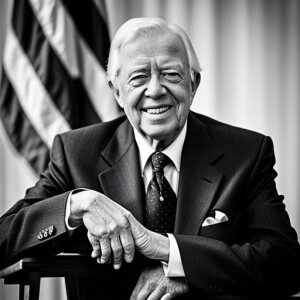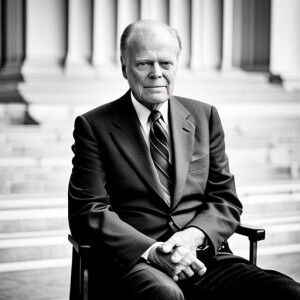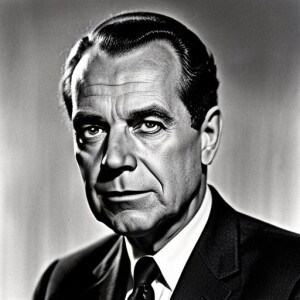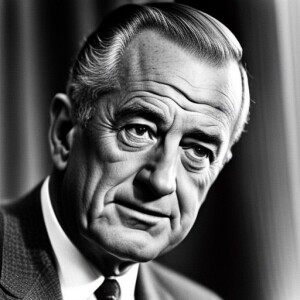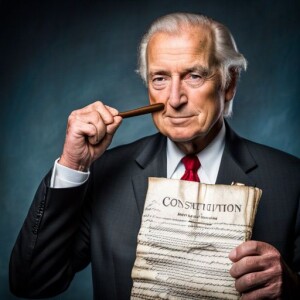
The Constitution of the United States is one of the most important documents in American history. It established the framework for America’s government and has served as a model for democracies around the world. The Constitution was created in a time of great historical significance, and its drafting process was a remarkable achievement. This document outlines the principles and key features that have guided the United States for over two centuries. However, despite the document’s longevity and widespread acclaim, it has faced many contemporary debates and challenges. From debates over interpretation to issues of amendment and modernization, the Constitution remains a living document that continues to shape American society today. In this essay, we will explore the historical context and drafting process of the Constitution, its key features and principles, and the contemporary debates and challenges related to the Constitution.
The drafting of the Constitution can be traced back to the historical context of the American Revolution. The colonists had grown tired of what they perceived as the tyranny of the British government, and as a result, they sought to create a government that would not only protect their rights but also limit governmental power. This led to the drafting of the Articles of Confederation, which turned out to be too weak to effectively govern the United States. As a result, a Constitutional Convention was convened in Philadelphia in 1787 to draft a new constitution. The drafting process was a contentious one, with debates centered around issues such as the distribution of power between the national and state governments, the representation of small and large states, and the protection of individual rights. The delegates to the Convention ultimately compromised on these issues, resulting in the creation of a federal system of government with a system of checks and balances and a Bill of Rights to protect individual liberties. As AL Bannon notes, “the Constitution was a product of compromise and negotiation among diverse interests, and the resulting document reflected a delicate balance of power between the federal government and the states” (12). The Constitutional Convention and the drafting of the Constitution were pivotal moments in American history, laying the foundation for the government that still exists today.
The United States Constitution is a crucial document that outlines the principles and features of the American government. The Constitution consists of seven articles, each addressing a specific aspect of the government’s structure and function. The first three articles establish the legislative, executive, and judicial branches of government, respectively. The fourth article outlines the relationship between states and the federal government, while the fifth article establishes procedures for amending the Constitution. The sixth article addresses the supremacy of federal law, while the seventh and final article outlines the process for ratifying the Constitution. The Constitution also includes several key principles, including popular sovereignty, federalism, separation of powers, and checks and balances. Popular sovereignty, or the idea that the people are the ultimate source of government power, is reflected in the Constitution’s preamble, which begins with the phrase “We the People.” Federalism, or the division of power between the federal government and the states, is established through the Constitution’s allocation of specific powers to each level of government. Separation of powers refers to the division of government into three branches, each with its own distinct powers and responsibilities. Finally, checks and balances ensure that no one branch of government becomes too powerful by allowing each branch to check the powers of the others. Overall, the Constitution’s key features and principles serve to establish a government that is both effective and accountable to the people it serves (McGinnis and Rappaport).
The Constitution of the United States has been the subject of numerous debates and challenges since its inception. One contemporary debate is the interpretation of the Second Amendment, which guarantees the right to bear arms. Some argue that the amendment only applies to the militia, while others believe that it guarantees an individual’s right to own firearms. This debate has been fueled by events such as mass shootings, which have led to calls for stricter gun control laws. Another challenge to the Constitution is the issue of executive power. The presidency has become increasingly powerful in recent years, and some argue that this has led to a violation of the separation of powers outlined in the Constitution. This is particularly evident in the use of executive orders, which allow the president to make policy without the approval of Congress. Finally, the question of the Constitution’s relevance in modern society has been raised. Some argue that the document is outdated and no longer relevant to contemporary issues, while others believe that it is a timeless document that remains relevant today. Ultimately, these debates and challenges highlight the ongoing importance of the Constitution in shaping the future of the United States (Mirosa and Harris).
In conclusion, the Constitution of the United States is a fundamental document that has guided the country for over two centuries. It serves as the foundation of the American government, outlining the powers and limitations of each branch and ensuring a system of checks and balances. It is a testament to the foresight of the founding fathers, who recognized the need for a strong, centralized government while also protecting the rights of the individual citizens. The Constitution has withstood the test of time and remains a symbol of freedom and democracy to people around the world. It is a living document that has been amended and interpreted to reflect the changing needs and values of society. The Constitution remains a cornerstone of American law and politics, and its enduring legacy will continue to shape the nation for generations to come.
Work Cited:
1. Bannon, AL. “The Constitutional Convention: State Delegates and the Debate over the Drafting Process.” Yale Law Journal, vol. 116, no. 8, 2006, pp. 1988-2019. HeinOnline, doi:10.2307/20455625.
2. JO McGinnis, MB Rappaport – Tex. L. Rev., 2001 – HeinOnline.
3. Mirosa, O., & Harris, L. M. (2012). The constitution is dead, long live the constitution! Antipode, 44(4), 1620-1638. doi: 10.1111/j.1467-8330.2012.01048.x Mirosa., LM Harris.”Human right to water: Contemporary challenges and contours of a global debate.”https://onlinelibrary.wiley.com/doi/abs/10.1111/j.1467-8330.2011.00929.x
“Our supermajoritarian constitution.”https://heinonline.org/hol-cgi-bin/get_pdf.cgi?handle=hein.journals/tlr80§ion=30
“Designing a constitution-drafting process: lessons from Kenya.”https://heinonline.org/hol-cgi-bin/get_pdf.cgi?handle=hein.journals/ylr116§ion=60





